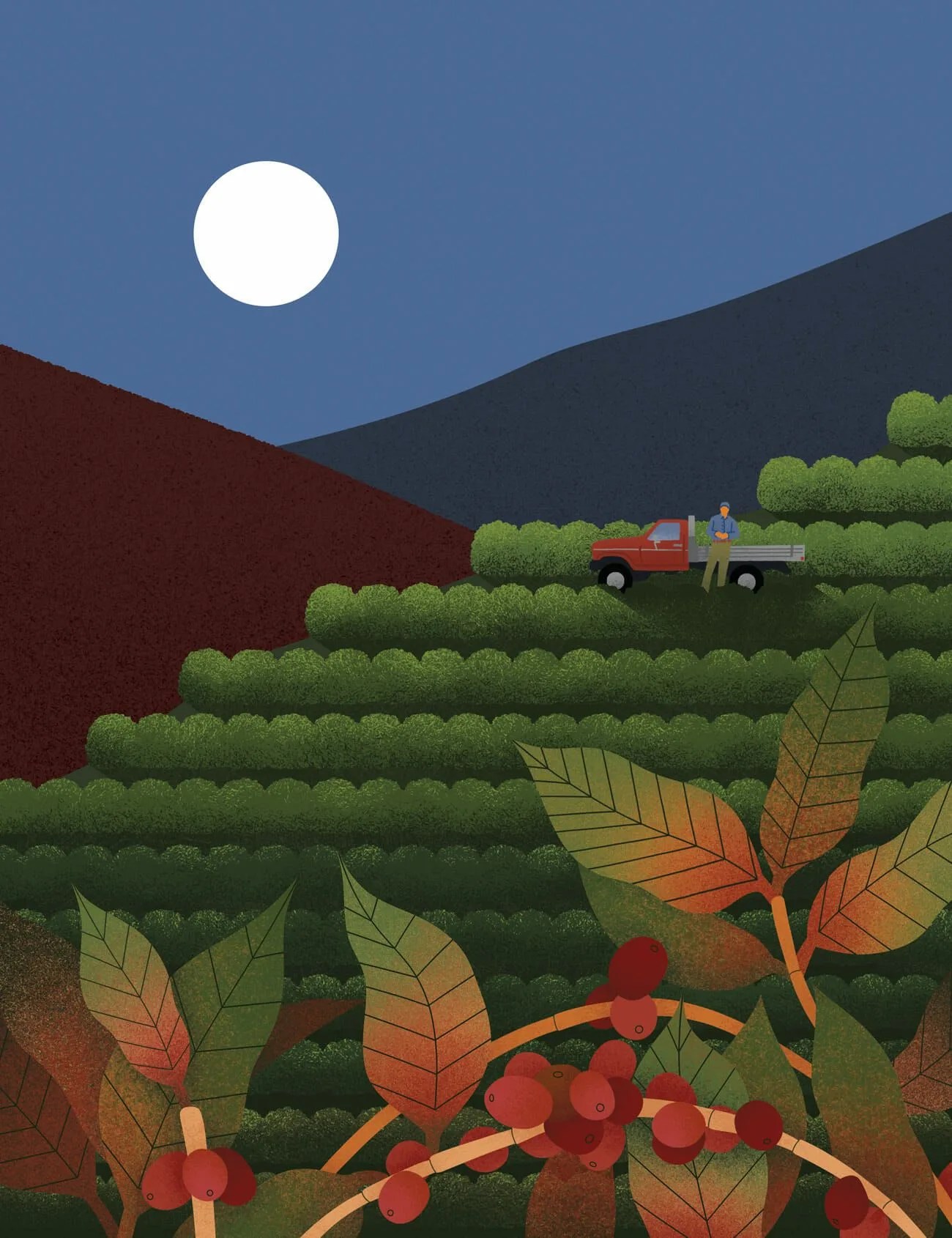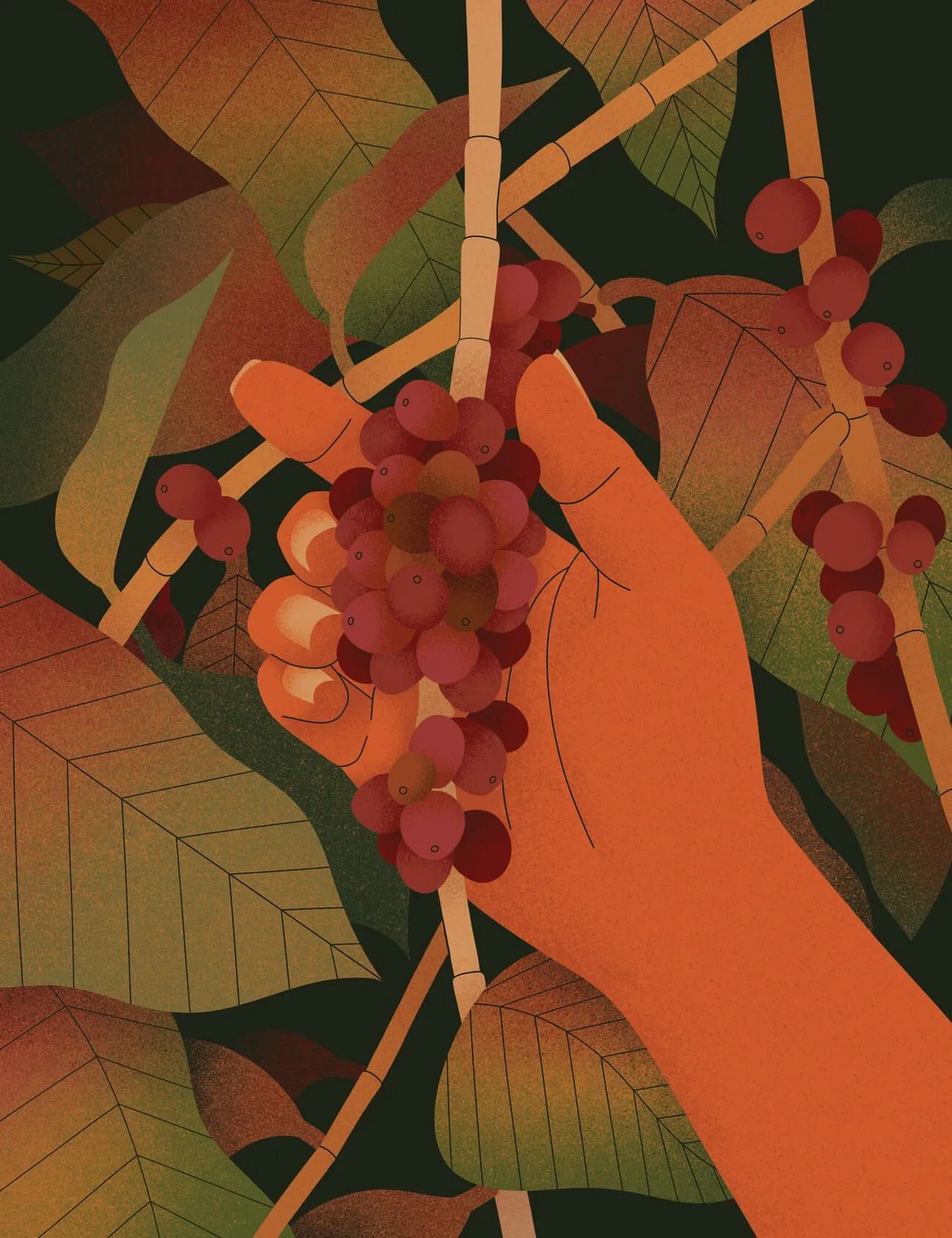Lucile Toniutti, a molecular coffee breeder with the nonprofit organization World Coffee Research (WCR), wants you to know the cup of single-origin you ordered this morning might not be around tomorrow.
“It’s difficult to talk about sometimes with coffee drinkers, you know,” Toniutti says.
Last year, more coffee was harvested than ever before in history. Traditionally tea-drinking nations, like China and Japan, now also have booming coffee cultures. Some projections indicate global coffee demand could still double by 2050. But by the same year, thanks to rising global temperatures, roughly half of the Earth’s land suitable coffee-growing will no longer be viable for coffee farming. In other words, to keep pace with demand, producers will need to grow twice the coffee with half the space.
Related Video: How To Make Perfect Coffee Three Ways
“We’re going to have less coffee, higher prices and coffee that is less differentiated in taste and lower on the quality scale,” says Dr. Tim Schilling, WCR’s founder and the newly appointed head of WCR Europe. “If everybody is okay with the fact that we are going to be paying $10 to $15 a cup for crappy coffee in thirty years, that’s fine.”
But there’s hope. It comes in the form of a lab-grown variety of coffee called the F1 hybrid.


